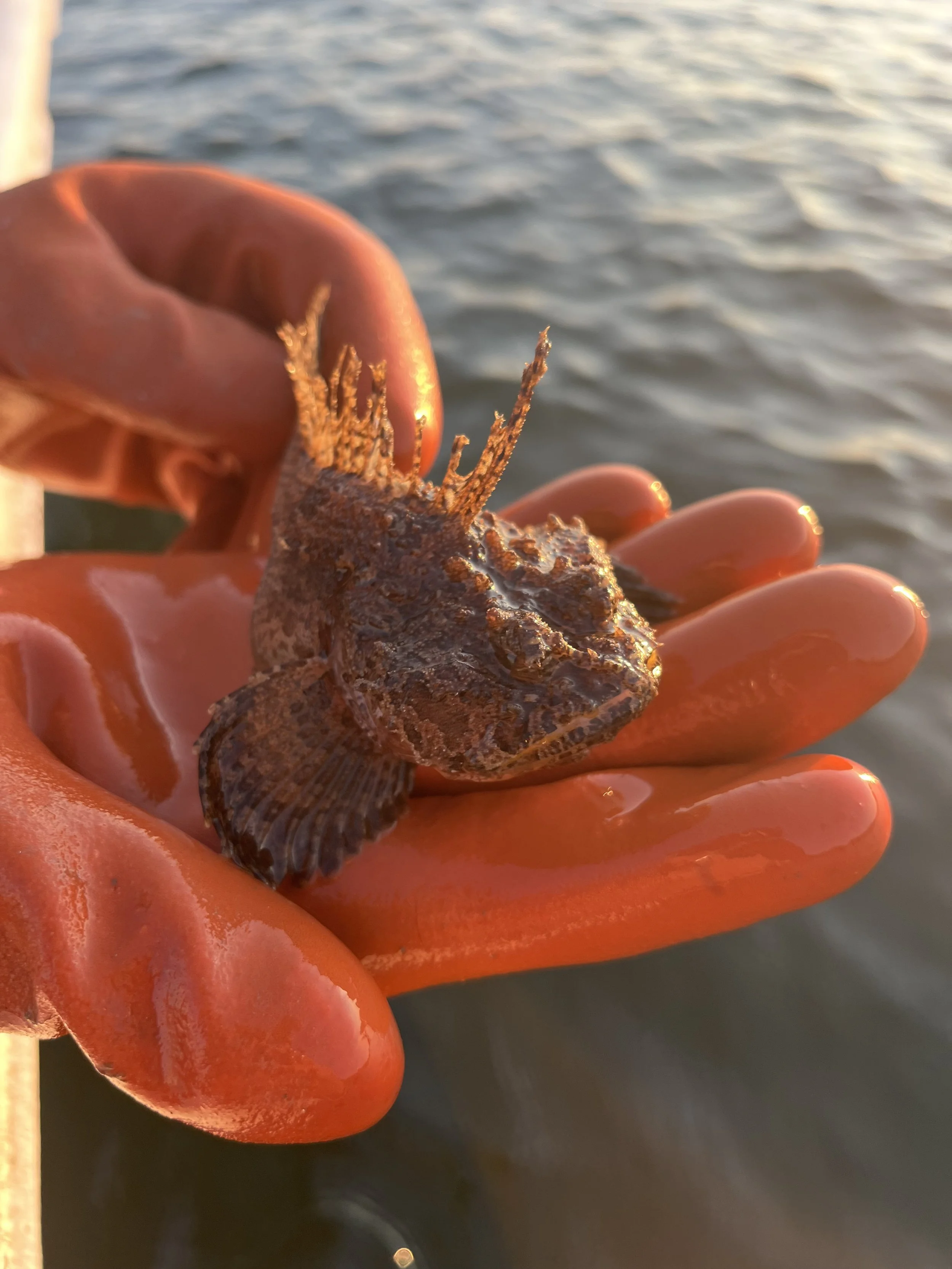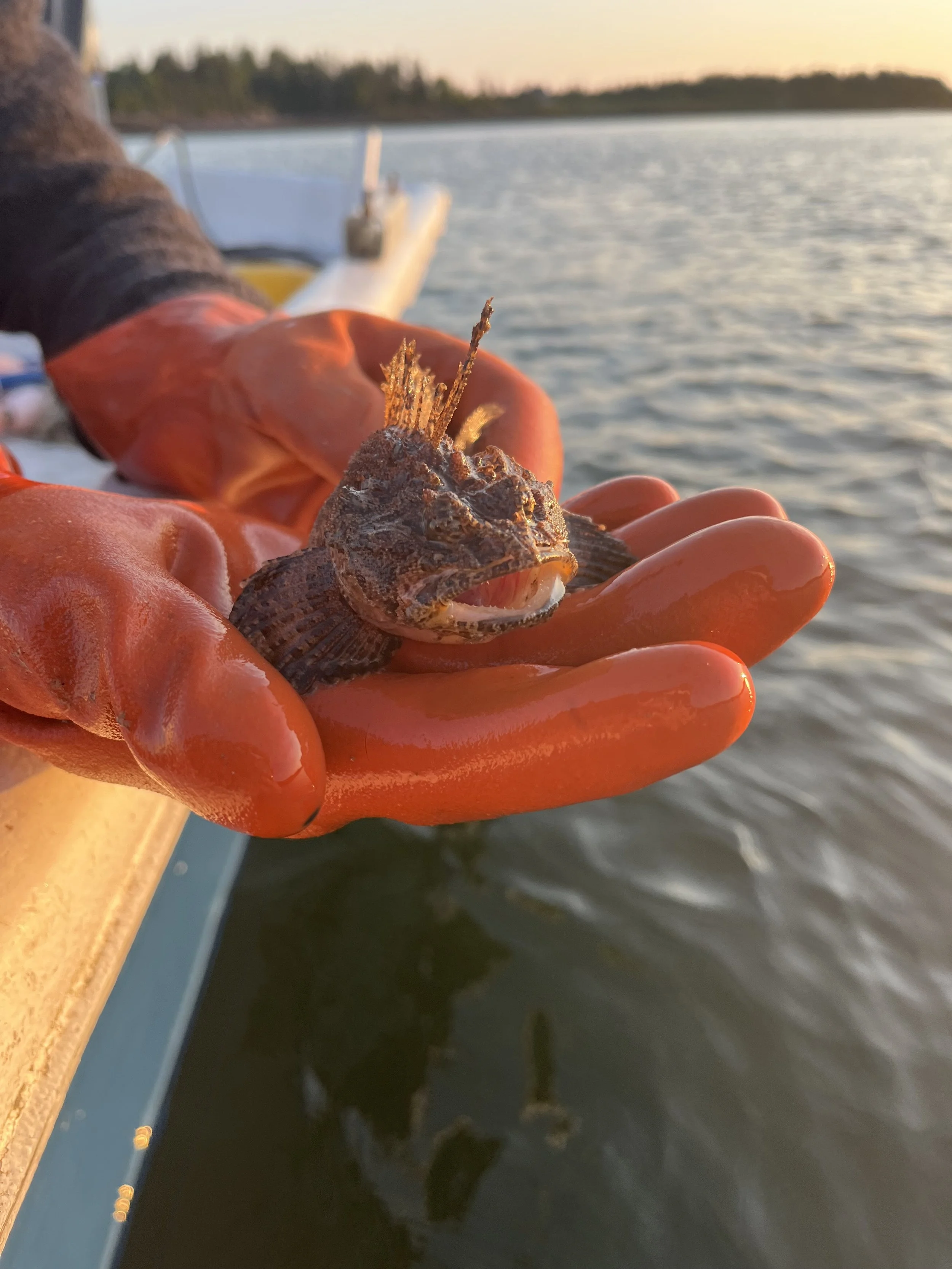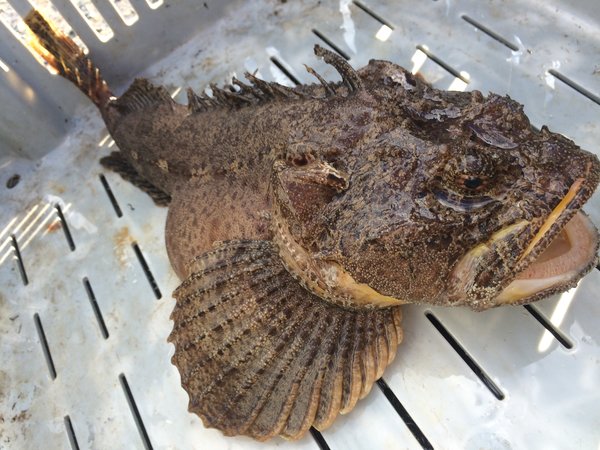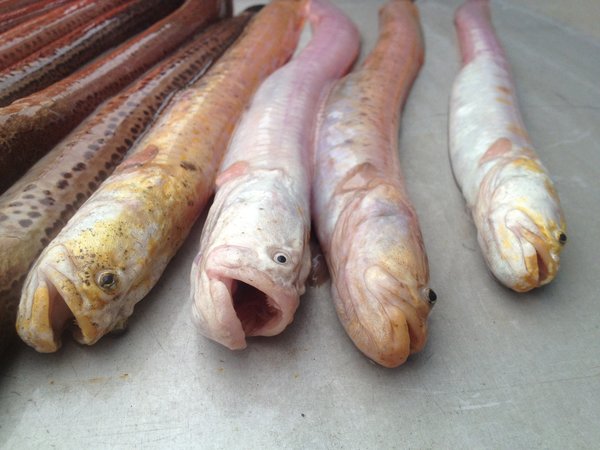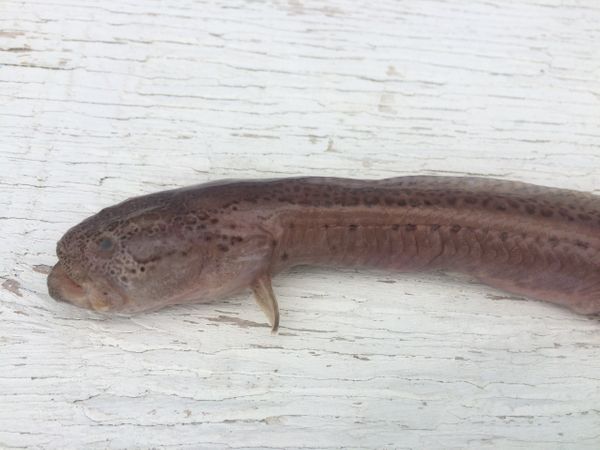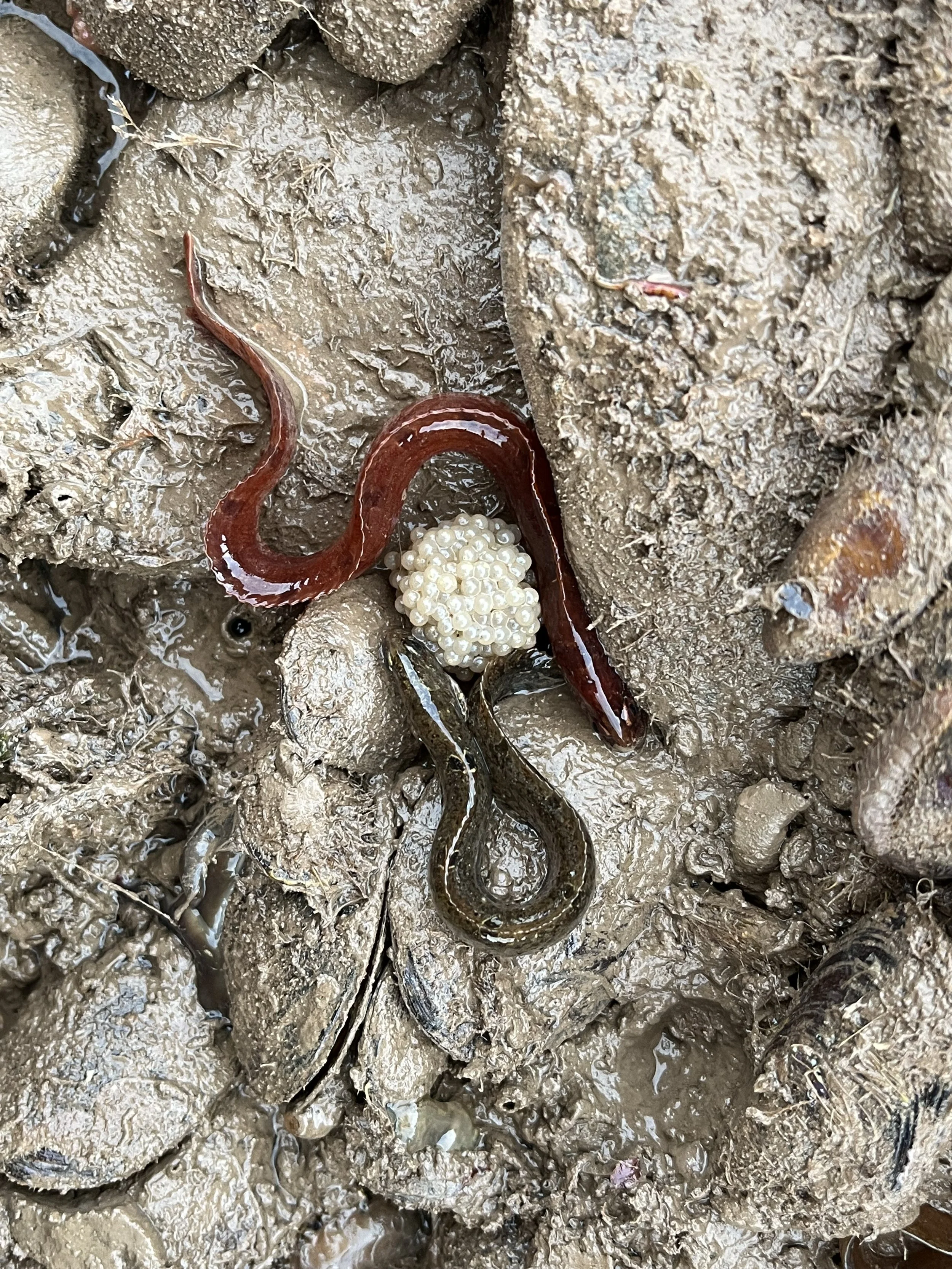 Image 1 of 8
Image 1 of 8

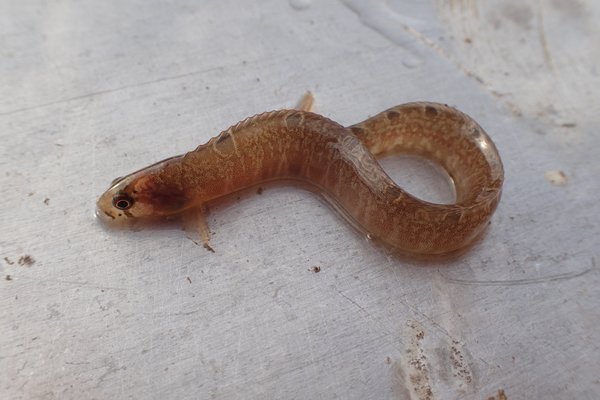 Image 2 of 8
Image 2 of 8

 Image 3 of 8
Image 3 of 8

 Image 4 of 8
Image 4 of 8

 Image 5 of 8
Image 5 of 8

 Image 6 of 8
Image 6 of 8

 Image 7 of 8
Image 7 of 8

 Image 8 of 8
Image 8 of 8









Rock Gunnel (Pholis gunnellus)
Live Rock Gunnel (Pholis gunnellus)
This is a wet, live, science specimen.
The Rock Gunnel (Pholis gunnellus), sometimes called the “butterfish of the rocks,” is a slender, eel-like fish found in tidepools, under rocks, and within seaweed along the Gulf of Maine’s rocky intertidal zone. Known for its smooth, scaleless body and distinctive row of dark spots, this hardy coastal species is a fascinating addition to aquariums, classroom tanks, and marine biology studies.
Rock Gunnels are highly adaptable, surviving in both salt and brackish water environments. Their secretive behavior and ability to breathe through their skin in damp conditions make them ideal for educational observation of intertidal fish ecology and adaptation.
Common name: Rock gunnel
Scientific name: Pholis gunnellus
Locations: Shallow waters of the coast, under rocks in small puddles, in cracks and crevices
Seasonality: Available all year
Color: Brown with a row of 9–13 dark spots
Size: 5” – 8”
Collected: By hand
Quantity: Sold by the each
Uses: Ideal for aquariums, classroom study tanks, marine biology demonstrations, and ecological research.
Note: This is a live marine specimen. Natural variations in size, color, and appearance from photos should be expected. If you would like any specimen preserved, please send a request to: info@gulfofme.com.
Live Rock Gunnel (Pholis gunnellus)
This is a wet, live, science specimen.
The Rock Gunnel (Pholis gunnellus), sometimes called the “butterfish of the rocks,” is a slender, eel-like fish found in tidepools, under rocks, and within seaweed along the Gulf of Maine’s rocky intertidal zone. Known for its smooth, scaleless body and distinctive row of dark spots, this hardy coastal species is a fascinating addition to aquariums, classroom tanks, and marine biology studies.
Rock Gunnels are highly adaptable, surviving in both salt and brackish water environments. Their secretive behavior and ability to breathe through their skin in damp conditions make them ideal for educational observation of intertidal fish ecology and adaptation.
Common name: Rock gunnel
Scientific name: Pholis gunnellus
Locations: Shallow waters of the coast, under rocks in small puddles, in cracks and crevices
Seasonality: Available all year
Color: Brown with a row of 9–13 dark spots
Size: 5” – 8”
Collected: By hand
Quantity: Sold by the each
Uses: Ideal for aquariums, classroom study tanks, marine biology demonstrations, and ecological research.
Note: This is a live marine specimen. Natural variations in size, color, and appearance from photos should be expected. If you would like any specimen preserved, please send a request to: info@gulfofme.com.

Rock gunnel eggs being protected.
Tidepool Tim says, “Rock gunnels look like little eels. We find them burrowed beneath rocks and seaweed, waiting for the tide to come back in. They are able to survive outside water because their slimy skin prevents them from drying out and allows them to slither into safe crevices. They can also breathe air, though they do best with access to water and seaweed."

Pholis gunnellus parent and eggs.








